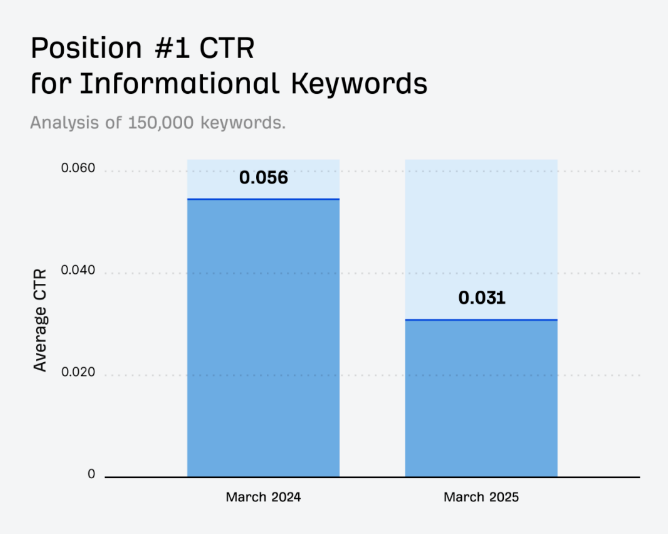On January 6, 2025, "Tiangong Big Model 4.0" version o1 and version 4o will be launched simultaneously, and will be fully logged into Tiangong's website and APP. It is available to everyone for free! As China's first o1 model with Chinese logical reasoning capabilities (Skywork o1), it not only includes models that are open source as soon as they are launched, but also has two dedicated versions with stronger performance.
After comprehensive technology stack upgrades and model optimization, the Skywork o1 series independently developed by Kunlun Technology can skillfully handle various reasoning challenges, including mathematics, code, logic, common sense, ethical decision-making and other issues.
The following is detailed information about Tiangong Model 4.0
Major version:
Skywork o1 version 4.0 (Skywork o1): This is China's first model with Chinese logical reasoning capabilities. It not only includes an open source version, but also offers two more powerful dedicated versions. The o1 version focuses on bringing more powerful reasoning capabilities to users and building high-quality step-by-step thinking, reflection and verification data through a self-developed multi-agent system.
Skywork 4o version 4.0 (Skywork 4o): This is a multi-modal model, and its empowered real-time voice dialogue assistant is called Skyo. Skyo has the ability to express emotions, respond quickly, and switch smoothly between multiple languages, aiming to provide users with a more intelligent and convenient voice interaction experience.
Main features:
Chinese logical reasoning ability (o1 version): The o1 version model is China's first large model with Chinese logical reasoning ability, which makes it more advantageous when dealing with complex problems in the Chinese context.
Multi-modal capabilities (4o version): The 4o version model can handle multiple types of data, such as text, voice, etc., thereby achieving richer interaction methods.
Real-time voice conversation assistant (version 4o): Skyo assistant has the ability to express emotions, can better understand and respond to users' emotions, and provide a more humane interactive experience.
Multi-language support (version 4o): Skyo supports smooth switching of multiple languages, making it convenient for users with different language backgrounds to use.
Free to use: Both version o1 and version 4o of Tiangong Model 4.0 are open to all users for free on the Tiangong App and website.
How to use:
Users can use Tiangong Model 4.0 in the following ways:
Tiangong App: Download and install Tiangong App, and you can use various functions of Tiangong Model 4.0 in the App.
Tiangong web page: Visit Tiangong web page to use Tiangong large model 4.0 online.
Summarize:
Tiangong Model 4.0 is an important achievement of Kunlun Wanwei in the field of artificial intelligence. Its o1 version has made a breakthrough in Chinese logical reasoning, and its 4o version has brought richer interactions to users through multi-modal capabilities and intelligent voice assistant Skyo. experience. Both versions are free and open to use, allowing users to experience the latest AI technology.



